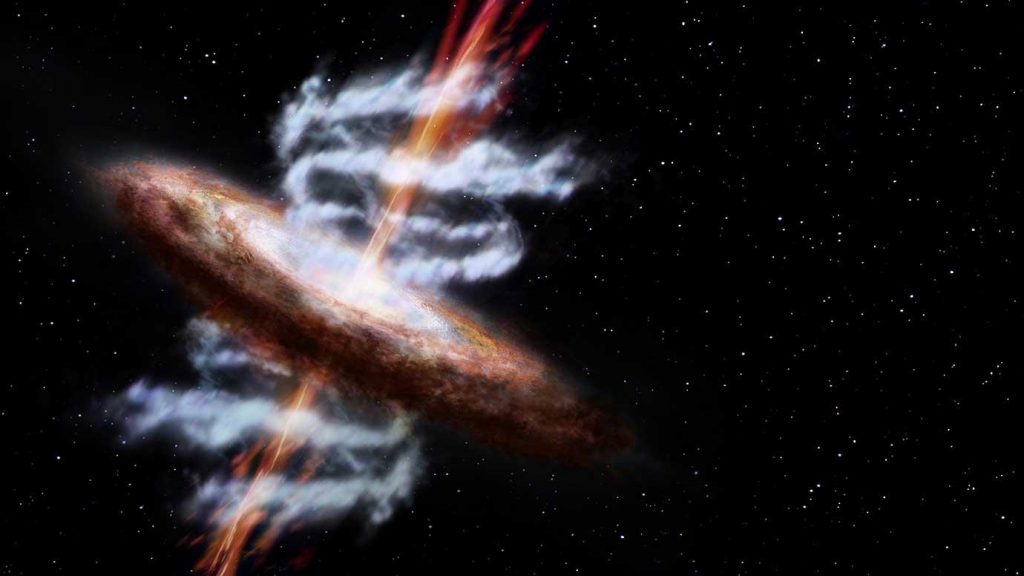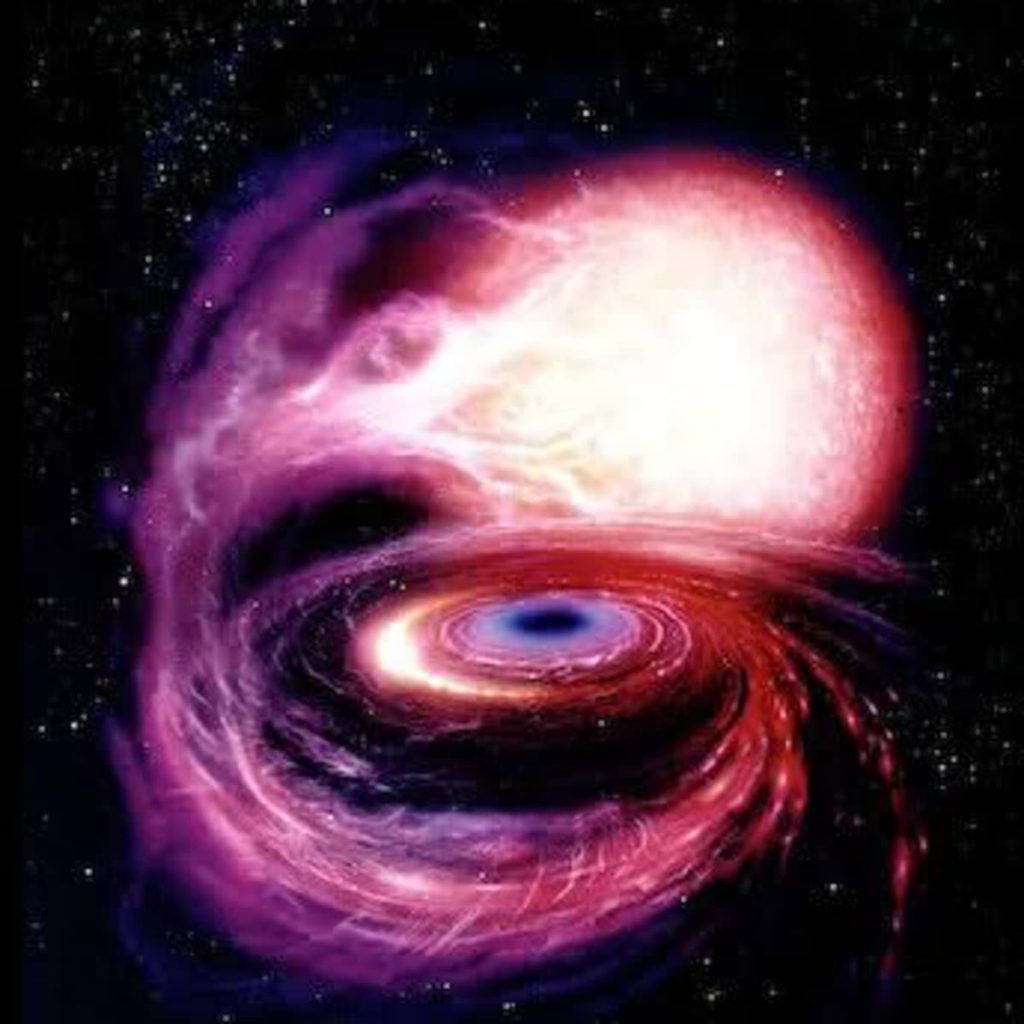A star was ejected from the Milky Way’s black hole at a speed of 6 million kilometers per hour.
What we are seeing here is “a visitor from a strange land…”
During a time that humankind’s ancestors were learning to walk upright, use their hands, and create the first primitive tools, cosmic events left a mark in our galaxy that our developed society would later see, millions of years later.
Astronomers have traced the trajectory of a so-called hypervelocity star through time, concluding that it was booted from the monstrous black hole at the center of our galaxy during a time when civilization as we know it did not exist.
Dubbed S5-HVS1, this cosmic body is an “A-type main-sequence star” and is considered the fastest ever discovered by astronomers.
Measurements of its trajectory have revealed the cosmic body is traveling at almost 1,755 km/s, or around four million miles an hour.

The black hole at the center of our galaxy, Sagittarius A*, has been visualized in virtual reality for the first time. Image Credit: J.Davelaar 2018
This took place, according to astronomers’ calculations, around 5 million years ago. The dramatic ejection marked the confirmation of the so-called Hills mechanism.
The Hill mechanism takes place when a supermassive black hole disrupts a binary star.
Our Milky Way Galaxy, for example, is home to Sagittarius A*, a supermassive black hole that has approximately 4 million times the mass of the Sun. The Hills mechanism describes how stars are pulled apart and then left to continue their separate journey.
What astronomers measured in 2019 was precisely that; a star pulled into orbit around a black hole while its companion star was jettisoned towards intergalactic space at incredibly high velocity.
To understand the origin of S5-HVS1, astronomers studied kinematics and traced the orbit backward in time. Incredibly, they discovered that the star could be traced back to the Milky Way’s Galactic Center, where it was expelled at a speed of 1800km/s between 5 and 4.8 million years ago, which makes S5-HVS the first clear demonstration of the Hill Mechanism and one of the fastest stars in the galaxy.
The star was observed in its journey approaching Earth at a distance of around 29,000 light-years away, traveling more than ten times faster than any other star in the Milky Way Galaxy.
Such is its speed that astronomers say that one day, inevitably, it will exit the Milky Way galaxy and never return.

The discovery was of great importance but a surprising one as well. Astronomers have theorized for years that Black Holes could eject stars at an unimaginable speed. Still, they have never associated a fast-moving star with the black hole at the center of the galaxy.
Observing and measuring the trajectory of S5-HVS1 is of great importance to astronomers since it must have formed in the galactic center. Furthermore, it is unique; the environment at the center of the Milky Way is entirely alien compared to our local galactic environment. This makes S5-HVS1 “a visitor from a strange land.”
